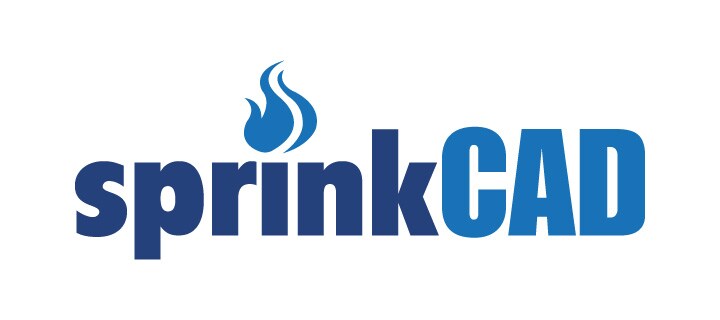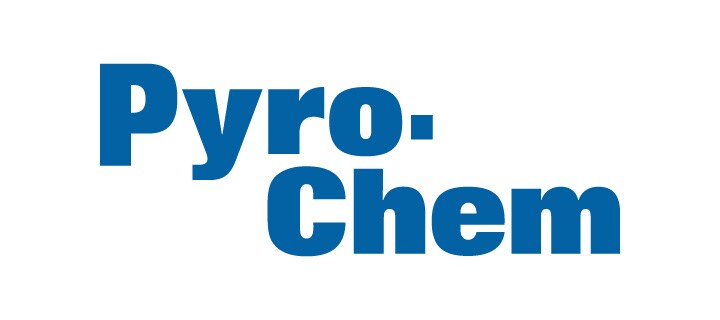- Johnson Controls
- Building Insights
- Top takeaways from CampusEnergy2020 and NAICU
The Road to Modern Infrastructure and Sustainability: Top Takeaways from CampusEnergy2020 and NAICU
Our higher education experts recently attended IDEA CampusEnergy2020 Conference and the 2020 NAICU Annual Meeting & Advocacy Day, and shared meaningful discussions on the challenges of today's colleges and universities.

 By Russell Garcia, Director, Higher Education, North America, Johnson Controls
By Russell Garcia, Director, Higher Education, North America, Johnson Controls
February was a prominent month for higher education as industry leaders gathered at two of the biggest events of the year, IDEA CampusEnergy Conference and the 2020 NAICU Annual Meeting & Advocacy Day. My colleagues and I had the pleasure of attending both events, which bring together some of the most impactful thought leaders in the industry to take a pulse on the state of higher education and explore how it’s changing. As the industry evolves, what matters most to these leaders stays the same: providing an optimal learning experience for students. At each event, it was clear that delivering this experience often means implementing creative new approaches to some of the biggest challenges facing colleges and universities.
Innovative incentive programs at CampusEnergy2020
At CampusEnergy2020, I was honored to present with Brody McMurtry, business development manager at Johnson Controls and Michael Pieper, associate vice president for facilities at the University of North Dakota. Our session, Transforming Campus Infrastructure to Improve Sustainability & Energy Efficiency, examined the latest technologies making central plants more efficient in achieving net-zero, or the ability for a campus to produce as much energy as it consumes. Highlighting Johnson Controls projects at the University of North Dakota (UND) and the University of Hawai’i (UH), we explored how the partnerships each took a holistic approach in addressing energy inefficiencies and utilizing alternative funding methods to navigate limited federal funding.
The need to build more resiliency around central plants was a priority topic of discussion at the conference. Our session covered how UND was able to utilize a public-private-partnership (P3) which funded the campus’ new central utility plant, replacing the century-old steam plant. As a result, the University will appreciate over $1 million in annual energy savings, which can be reinvested into creating new resources and additional upgrades for students. This will ultimately beautify indoor and outdoor areas while providing more comfortable campus spaces.
With limited government funding, it can be challenging for higher education leaders to find new ways to attract students without completely draining their budget. One approach we discussed with presidents was partner-funded projects, such as infrastructure improvements and technology integration to modernize and beautify their campuses.
Our partnership with UH leveraged a Power Purchase Agreement (PPA) which funded the installations of solar photovoltaic systems and battery distributed energy storage. The installations aided five of its campuses across O’ahu into becoming the first university system in the nation to generate 100 percent of its energy on-campus.
While sharing how these infrastructure improvements maximized sustainability and efficiency, the new Grid Services Program at UH was what really stood out to other attendees. This new incentive allows the campus to become an energy distribution point for the surrounding community. The campus essentially acts as a power plant, utilizing their solar grid and batteries. While this program is still in its early stages, we are excited to see the adoption of similar incentives at other institutions, such as UND.
Funding and data solutions at NAICU
NAICU is an annual, can’t-miss event for presidents of private colleges and universities to meet with elected officials and advocate for issues that most impact their students, faculty and operations. One of the biggest topics of discussion was the reauthorization of the Higher Education Act, and by extension, the need to address increased price sensitivities while attracting students.
With limited government funding, it can be challenging for higher education leaders to find new ways to attract students without completely draining their budget. One approach we discussed with presidents was partner-funded projects, such as infrastructure improvements and technology integration to modernize and beautify their campuses. Like the funding approaches utilized with UND and UH, a project’s total costs throughout all stages of the lifecycle are fully covered by the partner. Through the resulting energy savings, the project is reimbursed by the institution over predetermined period of time. These projects reduce operational costs, increase efficiencies and modernize the campus to make it more attractive for prospective students.
Data proved to be another popular topic at NAICU. New forms of data management and predictive analytics can be used by campuses to improve student and faculty comfort and engagement, ultimately adding to their value proposition. Based on my conversations at NAICU, it’s clear that AI will become the standard on campuses across the country. In 2020 and beyond, AI will allow college leaders to make better, faster and more efficient decisions about their equipment and environment.
Next steps for college campus modernization
CampusEnergy2020 and NAICU proved to be invaluable opportunities for thought leadership in the higher education space. If these events are any indication, I’m excited to be a part of where the industry is heading next.
In April, our team will be back on the road for NAICU 2020 Spring Board & Committee Meeting, April 22-24 in Miami, Florida. We’re looking forward to continuing our conversations with industry leaders. Additionally, we’re excited to share that we’ll be hosting a series of webinars with IDEA CampusEnergy2020. We’ll be taking a deeper dive into key discussion points, so stay tuned for more information to come!
Related Items
K–12 Education
We provide a comprehensive set of sustainable, efficient solutions to deliver comfort, safety, and security to K-12 schools and school systems.
Building Automation and Controls
Johnson Controls building automation systems are the foundations of modern building energy management efficiency.

















.jpg?la=en&h=320&w=720&hash=244C75B74F0F77521D56164450973BCD)














.jpg?la=en&h=310&w=720&hash=8D9823F26AA80B2B75C3E4B2E61770DC)


.jpg?la=en&h=320&w=719&hash=13CA7E4AA3E453809B6726B561F2F4DD)
.jpg?la=en&h=306&w=720&hash=F21A7CD3C49EFBF4D41F00691D09AEAC)

.png?la=en&h=320&w=720&hash=18CFCCD916C92D922F600511FABD775D)
















